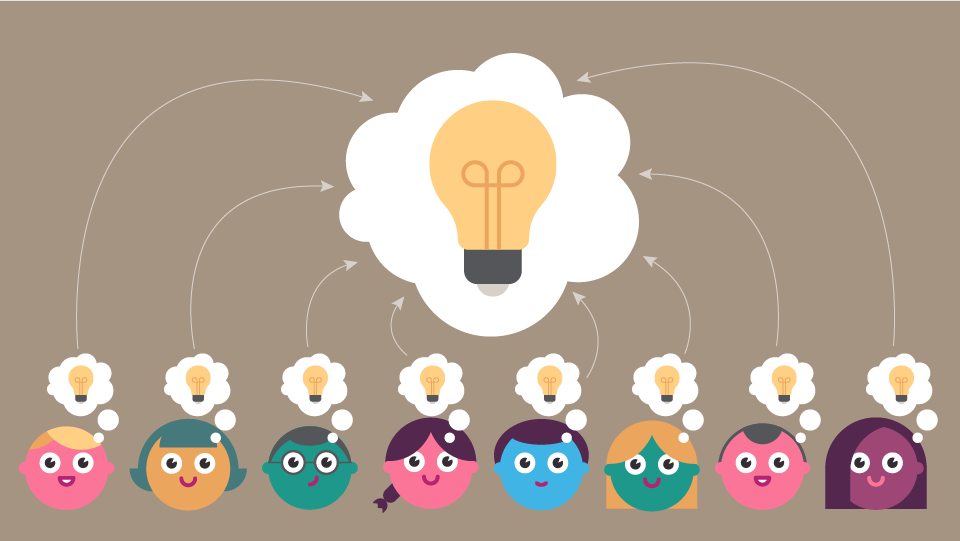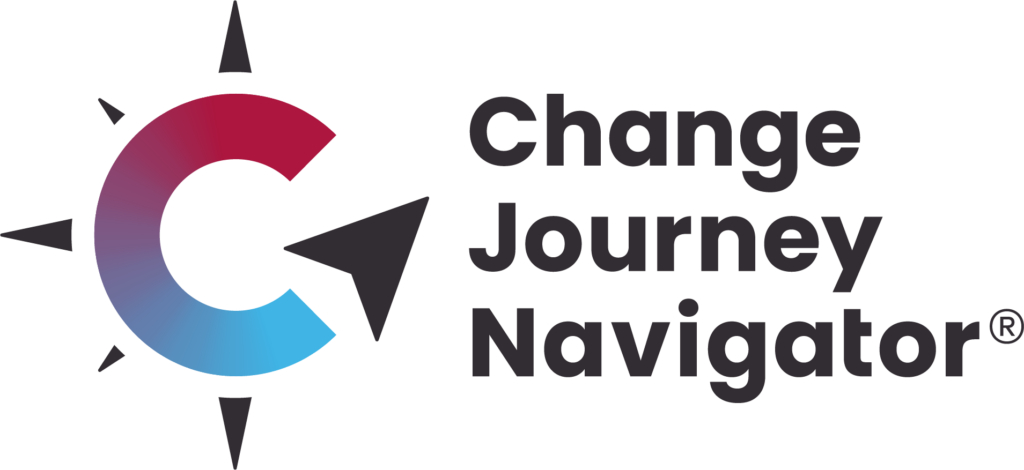Why Lean Principles are Only Part of the Story
By Mark Vincent
Share

When running lean transformations or rapid improvement events it’s very easy to forget what’s really happening and get caught up in the methodology, feeling a general impatience to get to the solution. Like many things in life it’s as much about the journey as the destination but we often focus too much on the latter. In this case focusing on getting to the future state design, rather than considering what’s happening within the people involved and how they are coming to their own realisations.
We are often challenged about the time it takes to work through the current state: “Why are we bothering with that when we’re going to move to a new improved version? We already know more or less will it needs to look like, right?” or variations on that theme.
That’s missing the point.
In getting a diverse team together, those who are running the process day to day, we are helping them to see something for themselves that they haven’t seen before. They are seeing how the whole thing works end to end and how it measures up against the well established principles of Lean Thinking. We’re helping them to see what’s right in front of them but hard to spot in the daily grind of deadlines and insufficient time.
Typically in a large process most people only see a small part of what happens and don’t know how their bit fits into the whole, at least not as well as they think they do. Also they don’t see the amount of waste that’s built up under the surface of the process until it’s laid out. An analogy we use that situation is that it’s like when we move into a new apartment with ugly green curtains. We think we’ll get those sorted…6 months later the curtains are still there and we’ve stopped noticing them. For Lean to work well, the most important point is that each of us sees it for ourselves, not that we’re told by someone else.
Lean is about so much more than designing the end state
So Lean Thinking is not just about the principles but about the whole group coming together and seeing the same thing. Seeing for themselves where the opportunity for improvement really lies and what a great process could look like. Seeing the same thing as a group is often messy, it involves long discussion, disagreement, emotions. And yet this is the critical part, it’s the bit where those involved really feel heard, become more prepared to hear others (if facilitated correctly). From that place comes the energy, enthusiasm and belief to not only design the future state but to adopt it as well.
So when looking to improve processes or systems it may feel quicker to have a few smart people design the future state (or set the design constraints so tightly it’s effectively done the same thing). The trouble is that what happens next is interesting, people may nod and say they agree but consciously or unconsciously they look for ways in which it won’t work. Adoption then becomes tricky, issues start popping up, details that haven’t been considered. And when that happens, if you’re the one responsible for the design, those problems will be your problems and the design will be your design.
On the other hand, when the team feels they have designed the process they will make sure it works and will find ways to solve any problems because they feel invested in it and want it to work. When they are using language such as our new process, you know you’re on the right track.
Do free to have a different opinion and doubt or challenge what I’ve said. And the best way to do that is to put yourself in the situation. Would you rather be told the answer by someone you feel doesn’t quite see what you see or have a stake in designing your own future. I’ll leave you to decide.
Get in touch
If you’re not achieving your goals or want get more done in your business, we can help.
Whether it’s supporting you, growing your leadership team or directly helping you to make something happen, contact us on (+44) 0800 612 3548 or click the button below.
Alternatively sign up below to be the first to know about our events and receive free resources and insider tips.
Related content
Why do we stand paralyzed while our environment is being destroyed around us?
Why is it that we know we are destroying our environment but we continue to do it anyway?
The Single Biggest Mistake Project Leaders Make
Most big tech projects and programmes go over budget, take longer than expected or fail outright. It’s often down to one common mistake…
Events Coming Soon…
Learn how to reduce resistance and unleash extraordinary change in your business
The Great Relationships Reset
The Coronavirus pandemic changed the way we interact, with reduced face-to-face interaction, increased online connection and working from home. Many of these changes are becoming permanent and in turn, we all need to review…
Protected: ENERGISE: K.I.C.K. Start the Urgency for Change
There is no excerpt because this is a protected post.






